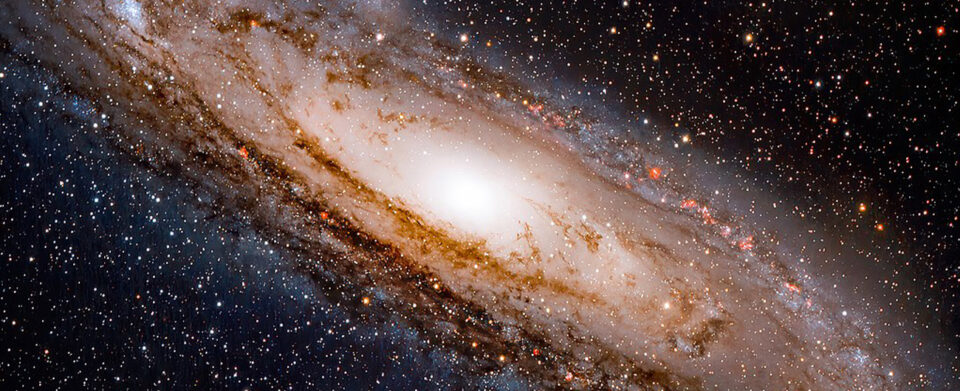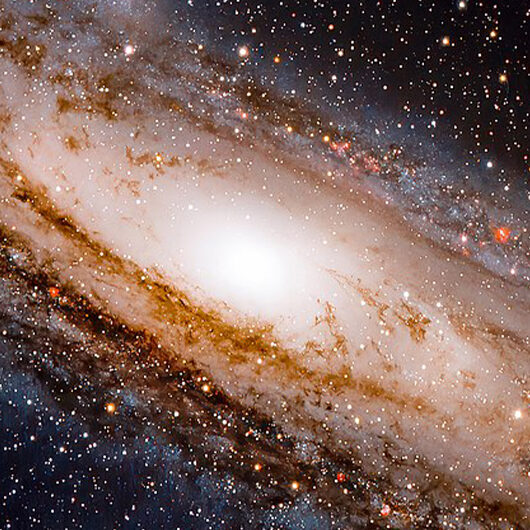
Certainly! Here are some numbers and statistics about the universe based on current scientific understanding:
- 1. Age of the universe: The current estimate for the age of the universe is approximately 13.8 billion years. This value is derived from various measurements, including the cosmic microwave background radiation and the observations of the expansion of the universe.
- 2. Size of the observable universe: The observable universe is estimated to have a diameter of about 93 billion light-years. This size is a result of the expansion of space over time.
- 3. Number of galaxies: It is estimated that there are billions of galaxies in the observable universe. However, the exact count is difficult to determine due to the limitations of current observational capabilities.
- 4. Number of stars: There are roughly 100 billion to 400 billion stars in our Milky Way galaxy alone. Considering the vast number of galaxies, the estimated total number of stars in the observable universe is in the range of 10^22 (10 sextillion) to 10^24 (1 septillion) stars.
- 5. Dark matter and dark energy: The universe is composed of not just normal matter (atoms and particles we can detect) but also significant amounts of dark matter and dark energy. Dark matter is estimated to make up about 27% of the universe, while dark energy accounts for approximately 68%. Normal matter comprises only about 5% of the universe’s total mass-energy content.
- 6. Cosmic inflation: The theory of cosmic inflation suggests that in the early moments after the Big Bang, the universe underwent a rapid and exponential expansion, causing it to grow enormously in size. This theory helps explain the large-scale structure and uniformity of the universe observed today.
It’s important to note that these numbers and statistics are based on our current understanding and are subject to refinement as scientific research progresses.
